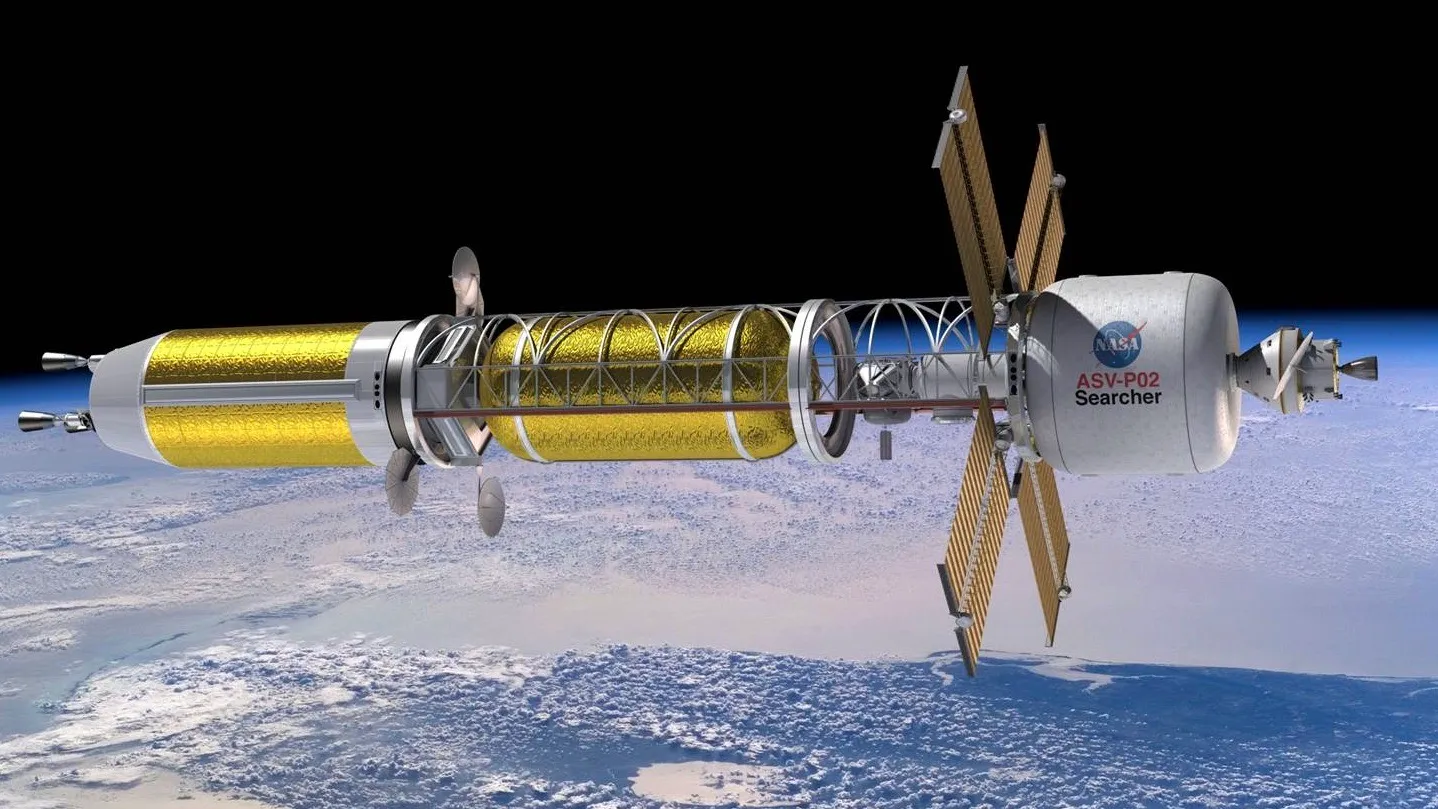
- Skepticism space exploration using nuclear is common habit of all society
- NASA and other space agencies have developed stringent protocols to ensure the safety of nuclear systems in spacecraft, the result is Voyager spacecraft.
- Nuclear has a potential future to robust space mission to contribute in human knowledge
The concept of using nuclear energy for space exploration is often met with skepticism. A prevalent myth is that nuclear energy is inherently unsafe for use in space missions. This article aims to analyze this myth, provide factual insights, and explore the potential of harnessing nuclear energy for interstellar travel and exploration.
Myth: Nuclear Energy is Inherently Unsafe for Space Missions
The widespread belief that nuclear energy poses significant risks has permeated public consciousness, largely due to high-profile accidents like Chernobyl and Fukushima. Many assume that the dangers of nuclear energy on Earth translate directly to its use in space, leading to fears of catastrophic failures during missions.

Facts: Safety and Technological Advances
1. Safety Protocols and Technological Innovations
The use of nuclear technology in space has a robust safety framework. NASA and other space agencies have developed stringent protocols to ensure the safety of nuclear systems in spacecraft. For example, the Radioisotope Thermoelectric Generators (RTGs) used in missions such as the Voyager spacecraft and Mars rovers have been proven to operate safely over extended periods, providing reliable power without the risk of a meltdown.
2. Controlled Environment
In the context of space, the risk of nuclear accidents is considerably mitigated. The vacuum of space eliminates many environmental hazards that could lead to catastrophic failure on Earth. Additionally, spacecraft are designed to withstand the harsh conditions of space, including radiation and extreme temperatures.
Baca Juga
- Indonesia’s New President Has A Military Background, Will Nuclear Become Energy?
- Prabowo’s Swasembada Energi Without New Renewable Energy Will Be Useless
3. Historical Success
Historical missions have demonstrated the safety and efficacy of nuclear energy in space. The use of RTGs in over 30 missions, including the Cassini mission to Saturn and the New Horizons mission to Pluto, illustrates the reliability of nuclear power in delivering consistent energy where solar power is insufficient.

Potential: The Future of Nuclear Energy in Space Exploration
1. Deep Space Missions
As missions venture further from the Sun, solar power becomes less viable. Nuclear propulsion systems, such as Nuclear Thermal Propulsion (NTP) and Nuclear Electric Propulsion (NEP), could provide the necessary thrust for deep space exploration. NTP can offer twice the efficiency of conventional chemical rockets, significantly reducing travel time to distant planets.
2. Sustainable Power Sources for Habitats
Future missions to the Moon and Mars will require sustainable energy sources for habitats and scientific research stations. Nuclear power can provide a continuous energy supply, enabling long-term human presence and exploration. The use of small modular reactors could support life-support systems, scientific instruments, and other essential services.
Baca Juga
- Black Fungus Survived and Grows at Chernobyl Site Full of Radioactive
- Nuclear More Popular For Energy In Deep Space
3. Resource Utilization on Other Planets
Nuclear energy could also facilitate the extraction and utilization of resources on other celestial bodies. For instance, mining operations on the Moon or Mars could be powered by nuclear energy, enabling the production of fuel and materials needed for further exploration.
4. Interstellar Travel
The ultimate frontier of space exploration, interstellar travel, presents unique challenges that could be addressed by nuclear technology. Concepts such as the Project Orion, which proposed using nuclear explosions for propulsion, highlight the potential of nuclear energy to achieve the high speeds necessary for reaching other star systems. Though still theoretical, advancements in fusion technology could pave the way for practical applications in the distant future.

Conclusion
The myth that nuclear energy is inherently unsafe for space missions overlooks the substantial advancements in technology and safety protocols that have been developed over the years. As space exploration progresses, the potential of nuclear energy becomes increasingly clear. Particularly for deep space missions, sustainable habitats, and even interstellar travel.
Addressing public misconceptions through education and transparency will be vital in leveraging nuclear energy as a cornerstone of future exploration efforts. By embracing nuclear technology, humanity can unlock new frontiers in space and enhance our understanding of the universe.
#ZonaEBT #SebarTerbarukan #EBTHeroes
Editor: Savira Oktavia
References
– National Aeronautics and Space Administration (NASA) reports on radioisotope power systems.
– U.S. Department of Energy publications on nuclear propulsion systems.
– Academic journals on space exploration technologies and their implications for future missions.



Comment closed